Hungry like the wolf: Craig Thornton moves his sensory supperclub to MOCA
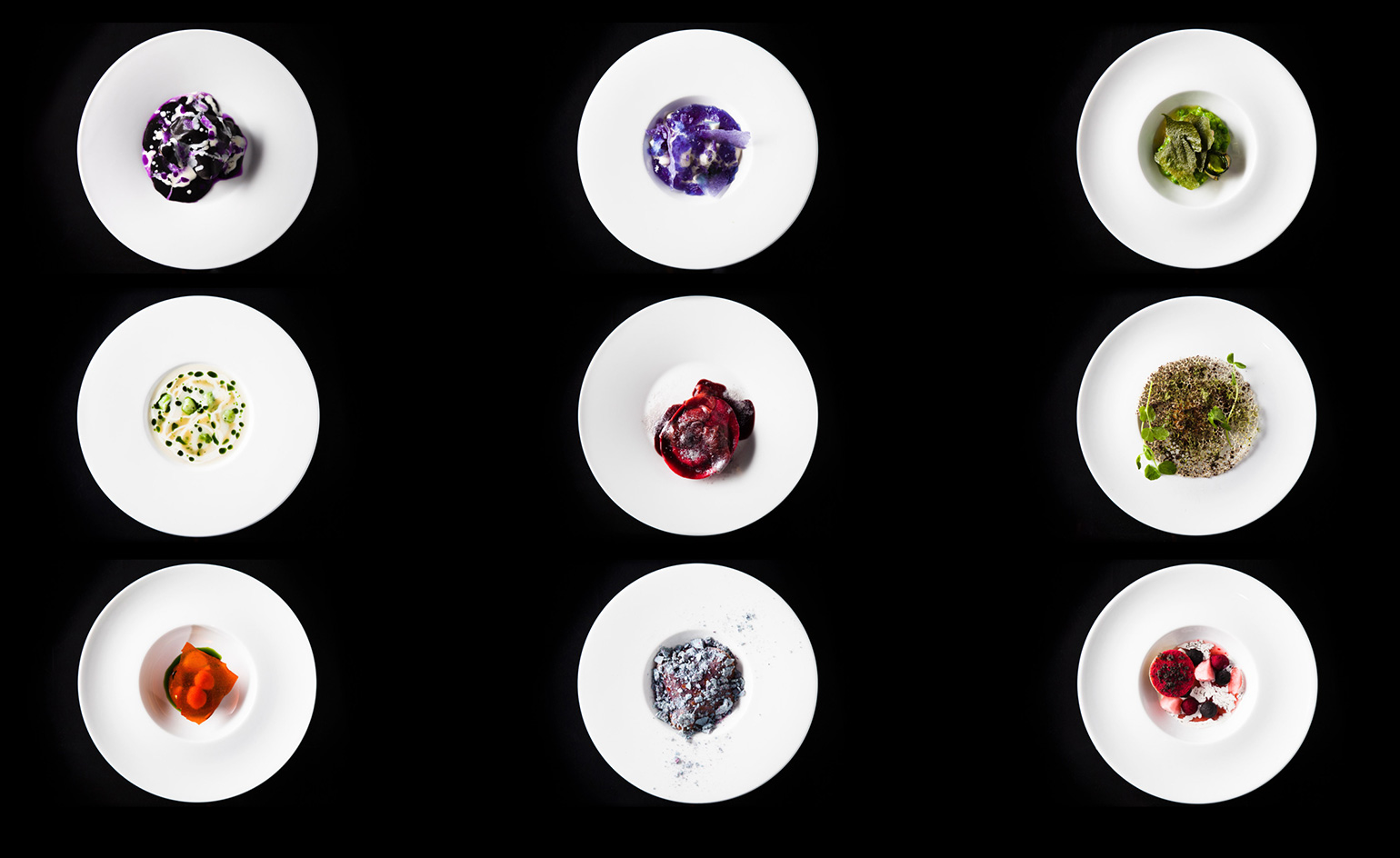
Of the chefs that have taken the dining experience – be it a supperclub, omakase-style tasting menu, or plain old dinner – and transformed it into something resembling art, Craig Thornton has taken it perhaps further than any other. His 'Wolvesmouth' supper clubs, run from his Arts District loft in Los Angeles, are still one of the hardest reservations to get in a famously food-obsessed city and have rapidly become the stuff of legend. Though the chef has always been candid about his approach and ideas, breathless descriptions have nevertheless cemented the event’s underground status as something resembling the culinary equivalent of a night in Berghain.
His latest residency, at the Geffen Contemporary branch of the Museum of Contemporary Art in Los Angeles (MOCA), takes his approach to a new level. Dubbed 'Wolvesmouth: Taxa', the residency is a full-sensory dining experience that explores the interface between food and art, and attempts to summarise what Thornton is striving to achieve. He's described it as an artist-driven experience somewhere between a high-end supperclub with elements of an avant-garde art project.
Thornton started cooking 14 years ago with the intention of marrying all five senses together, and the menu at Taxa is intended to form only one part of a wider audience interaction. 'The missing link when I was younger was taste', he explains to Wallpaper*. 'So I quit art to focus on food. It took about ten years of only focusing on cooking that I felt comfortable adding in the other elements back in.'
These elements are immediately apparent at the installation, which includes large-scale environments constructed to convey nature in all its beautiful, grotesque glory, something the chef has spent the last several years creating. Additionally, sound devised for the installation’s entrance adds a sonic element, which gives way to a relaxed interplay between the audience, a playlist and the activities of the kitchen.
As is de rigeur in the world of contemporary cutting-edge gastronomy, menu items are introduced with minimal fanfare, often with an abbreviated list of ingredients providing the only clues to each dish – though to say that the concepts are cerebral is to undermine the research undertaken. For example, Thornton’s lamb course riffs on ideas of divinity; illuminated glass rods from the installation cast aggressive shadows on the table, while the dish itself – plated with the chef’s signature eye for form and colour – has been visually presented to resemble a bloody sacred heart. 'This dish was based around observations of religion, so the starting point was lamb, red wine and bread because of [their] religious significance,' he says.
While his ideas are ambitious, it’s also worth noting that his years behind the stove have given the chef a perspective the average diner can relate to. While the physical installation was a major factor in deciding the menu, he always sought his suppliers to score the best produce. 'The farmer’s market is always number one. What’s the best quality and in season that I can get, period.'
A self-professed control freak, he also admits that chef colleagues haven’t necessarily had the most influence on his technique or ideas, but he draws inspiration from their discipline and work ethic: 'Jeremy Fox, Ori Menashe, Thomas Keller, David Kinch… the list goes on of these people who are about upholding excellence daily'.
'At MOCA, we’re rebuilding the kitchen every day and tearing it down every night. With this in mind, there are many things to take into account. Everything is all about timing in seconds, so you have to be present all the time. There’s no time to really be out of the moment, even when the dinners are over – this is a living and breathing installation day in and day out'.
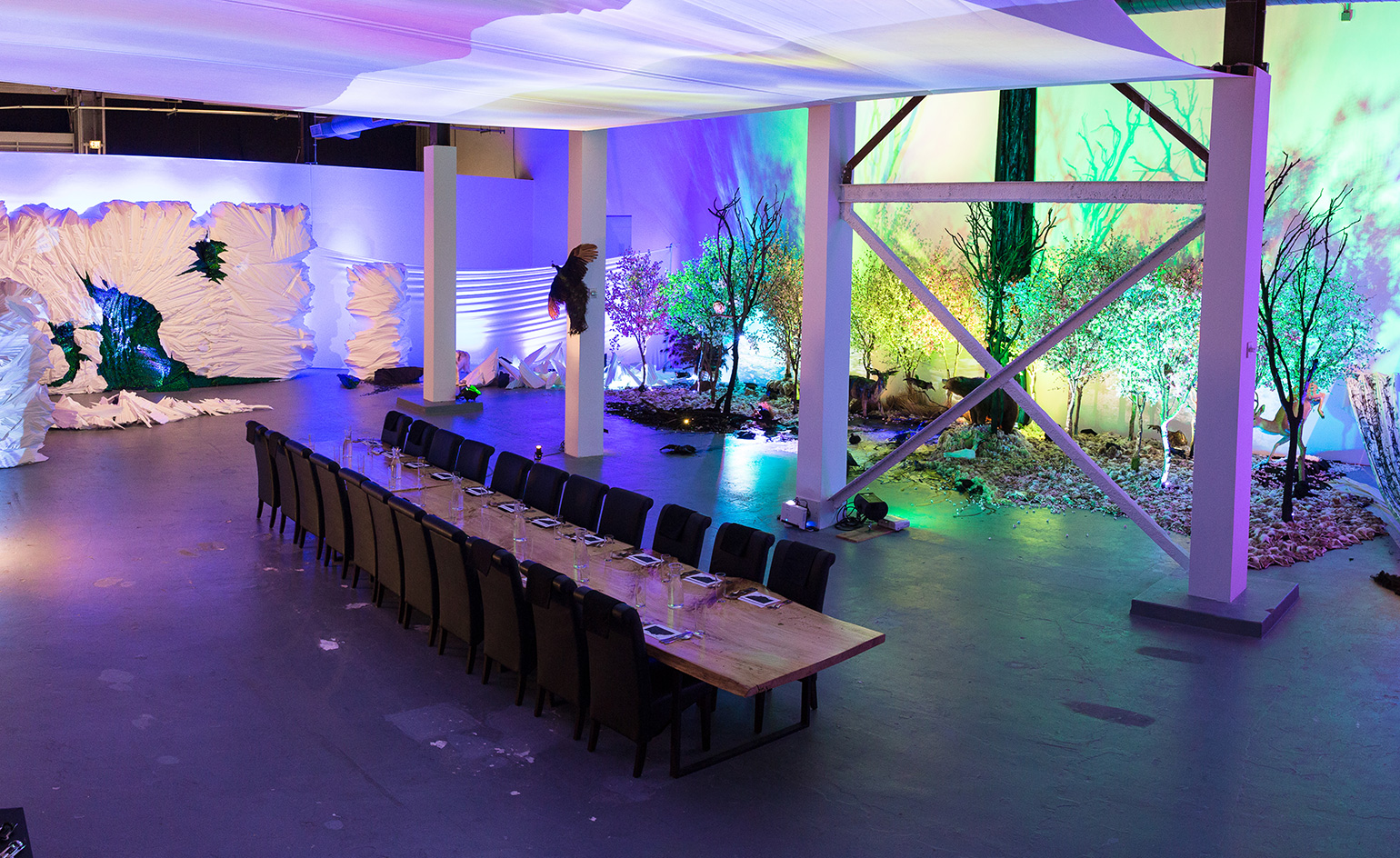
’Wolvesmouth: Taxa’ is an immersive, theatrical dining experience that explores the interface between food and art
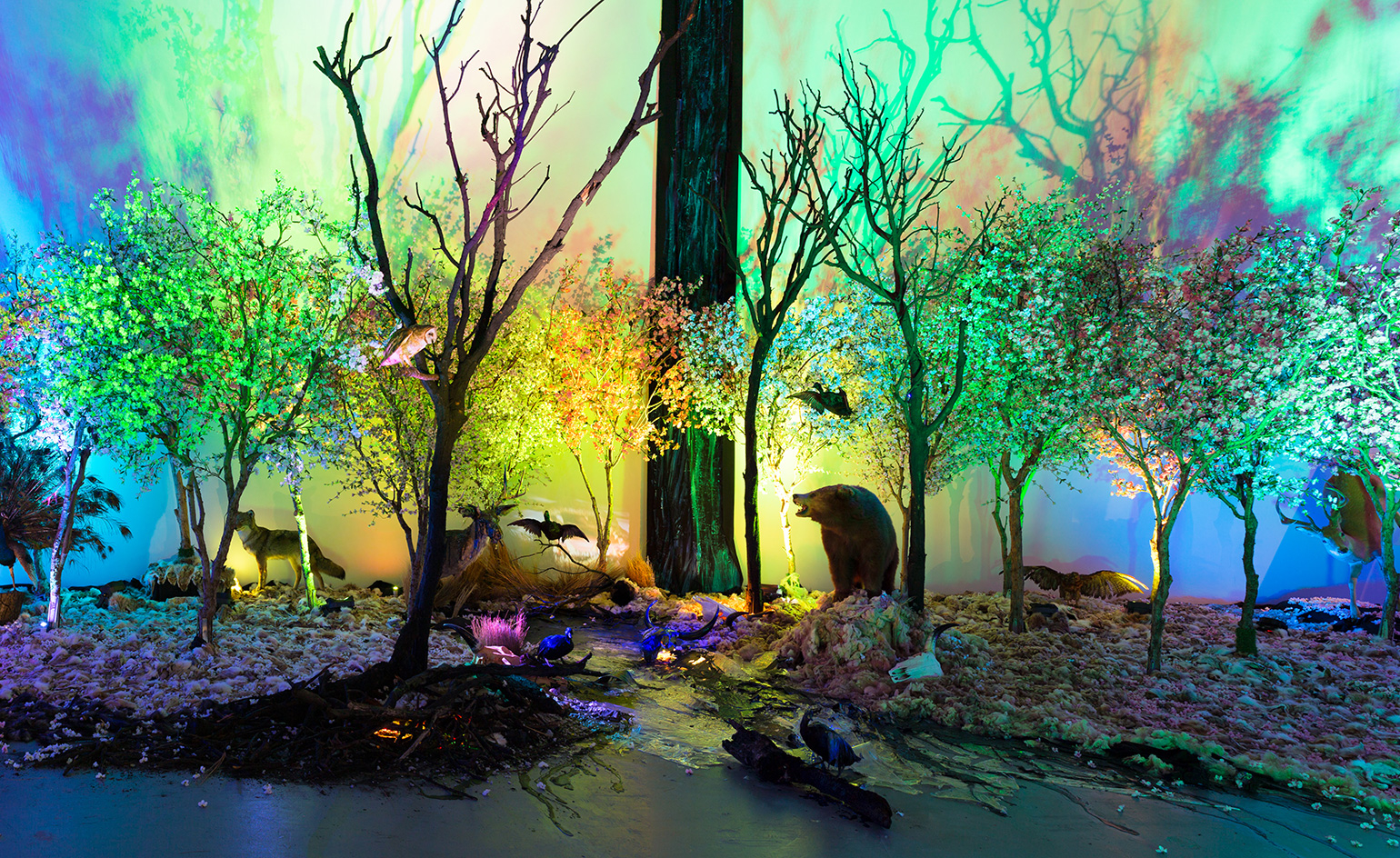
The installation includes large-scale environments constructed to convey nature in all its beautiful, grotesque glory, something the chef has spent the last several years creating
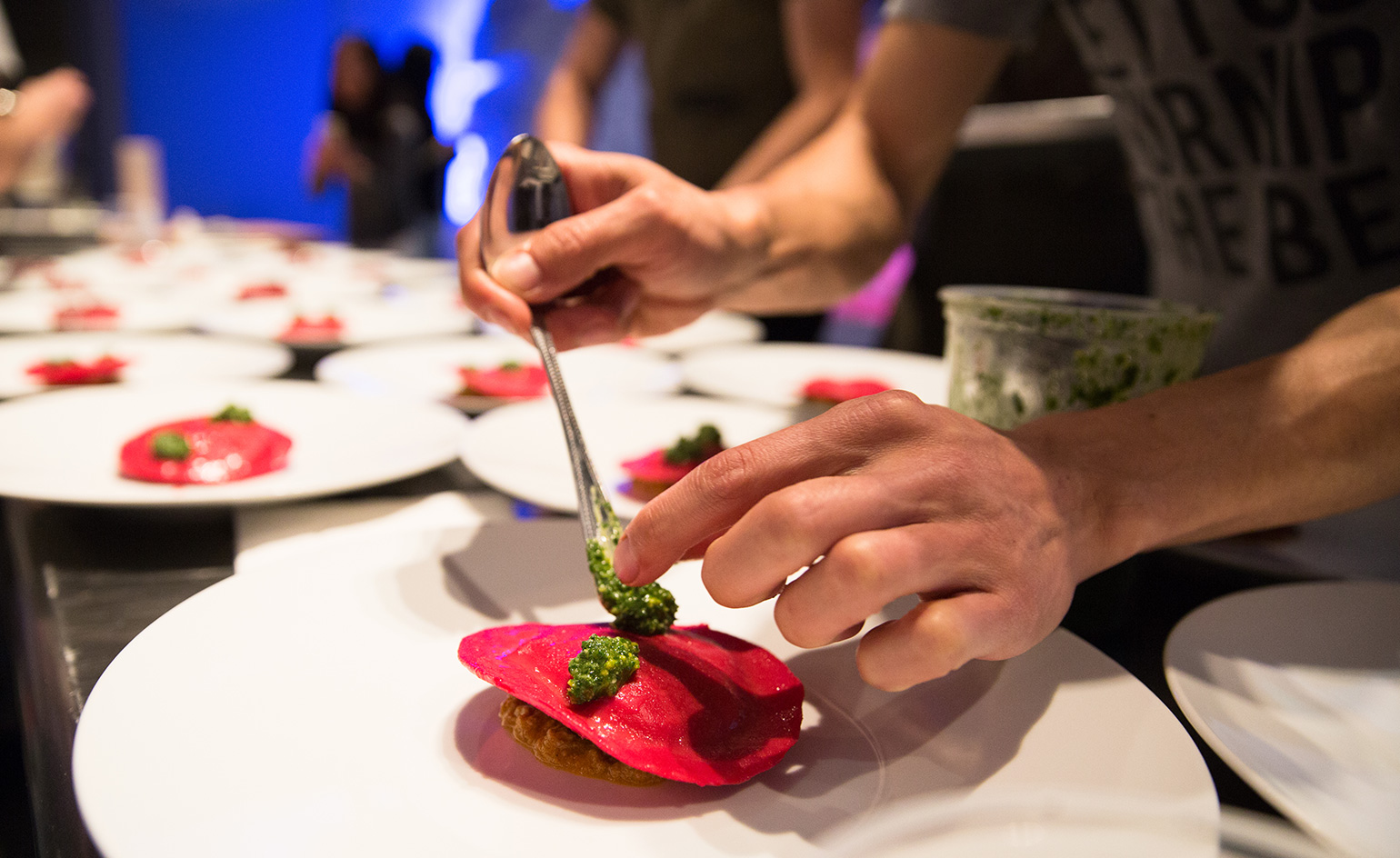
Pictured: installation view at Geffen Contemporary
Thornton started cooking 14 years ago with the intention of marrying all five senses – here, the menu at Taxa is intended to form only one part of a wider audience interaction.
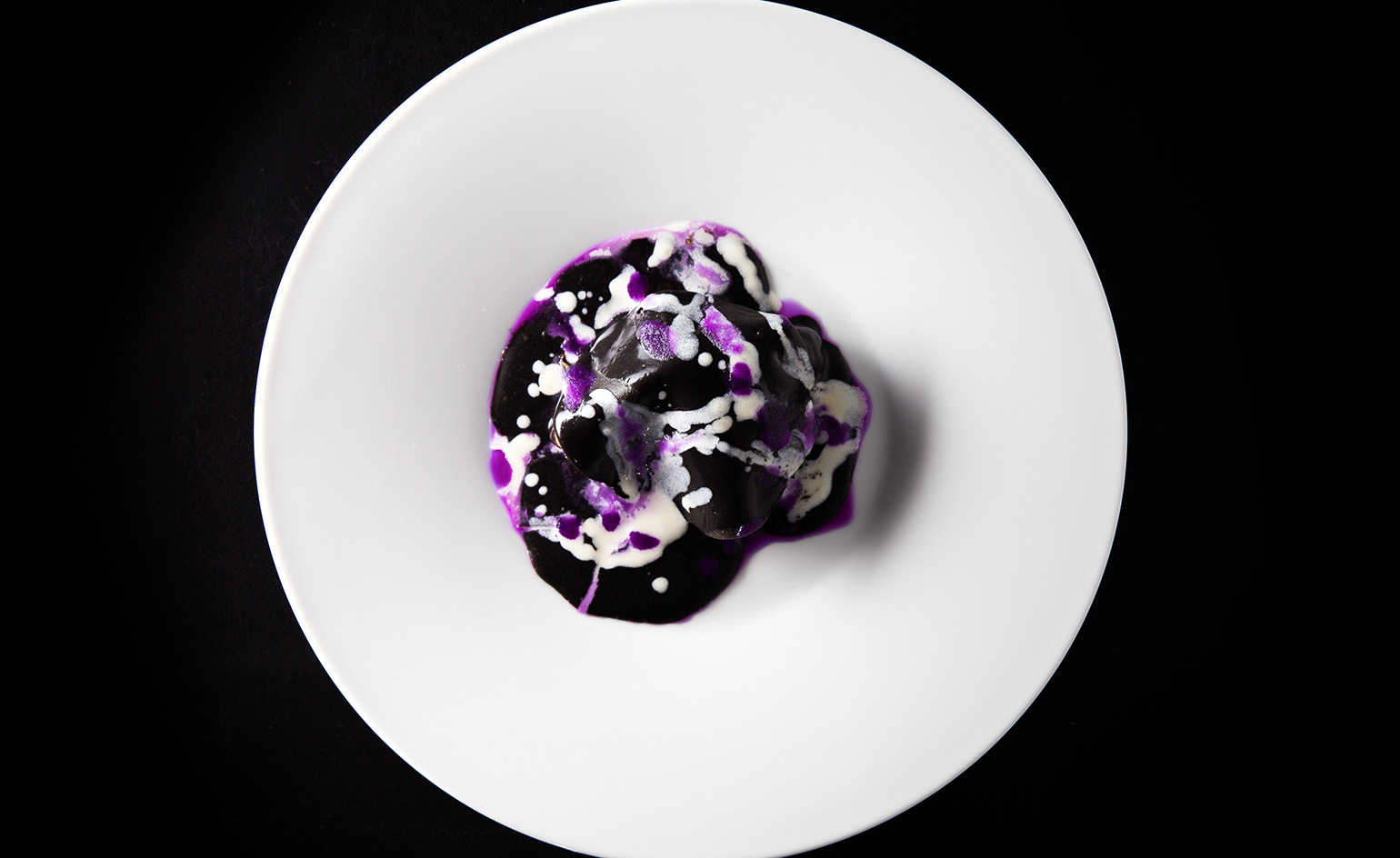
Menu items are introduced with minimal fanfare, often with an abbreviated list of ingredients providing the only clues to each dish
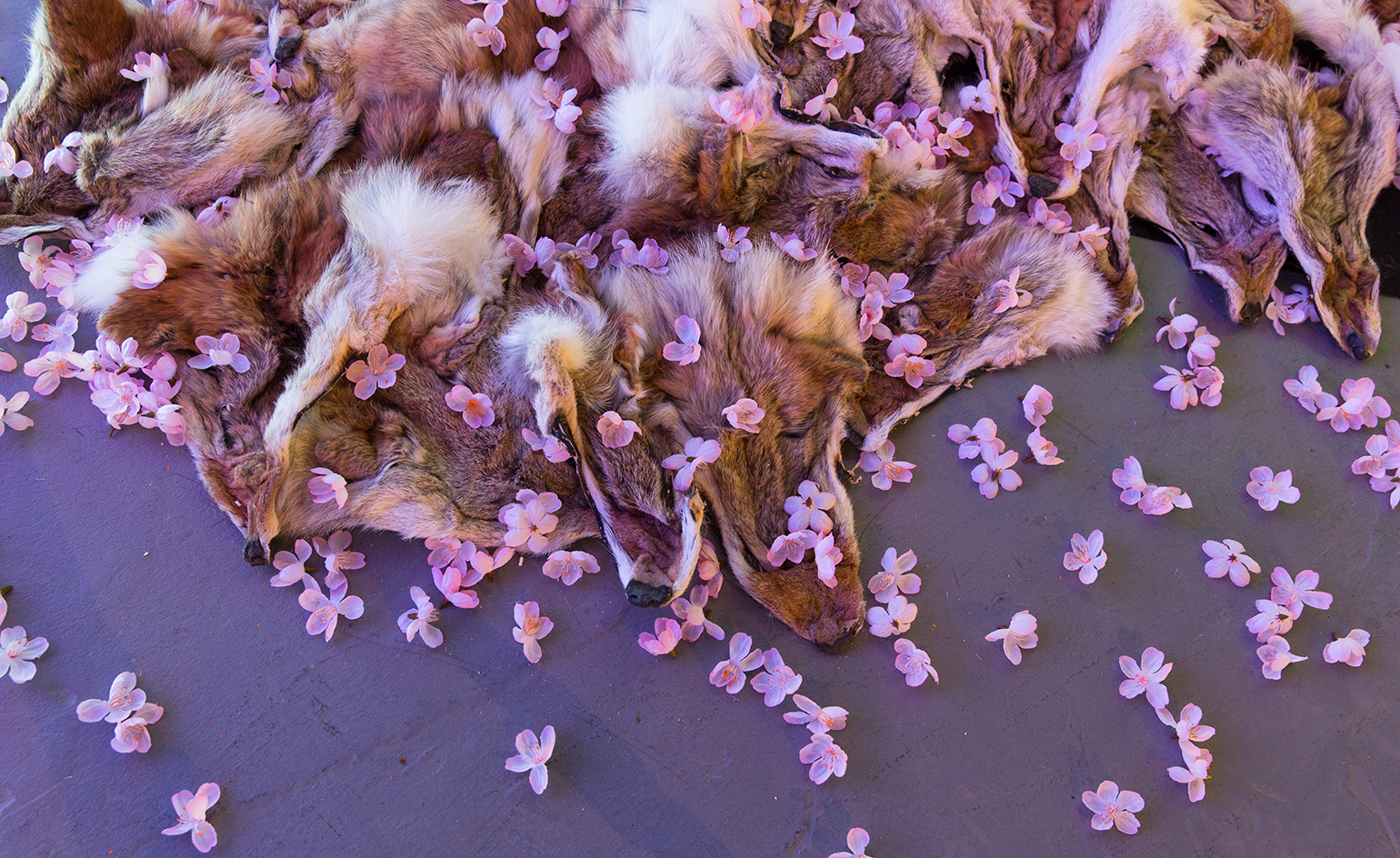
Thornton explains, 'The farmer’s market is always number one. What’s the best quality and in season that I can get, period'
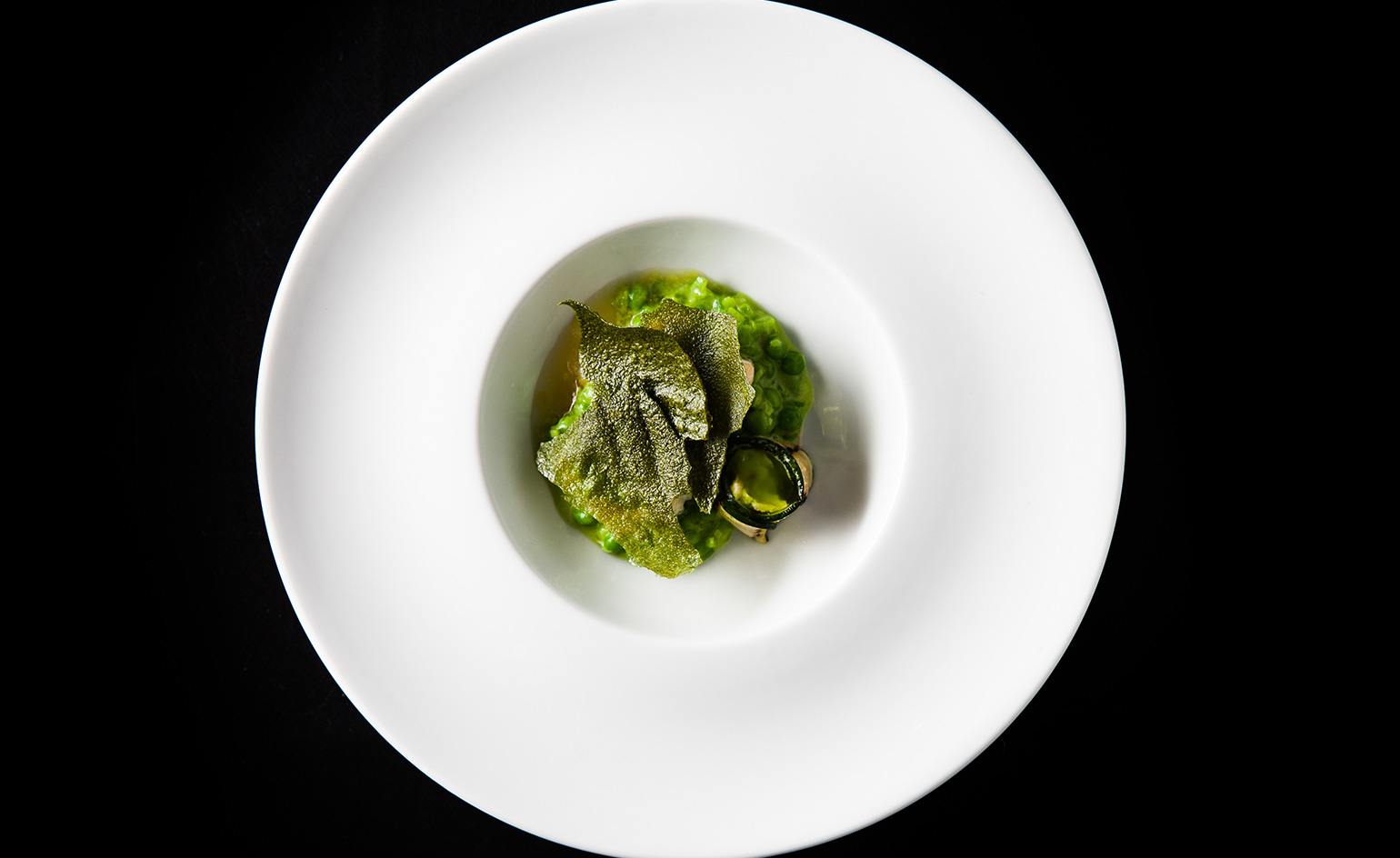
He concludes, 'There’s no time to really be out of the moment, even when the dinners are over – this is a living and breathing installation day in and day out'
INFORMATION
’Wolvesmouth: Taxa’ runs until 9 July. For more information, visit the MOCA website
Photography: Myles Pettengill. Courtesy The Museum of Contemporary Art, Los Angeles
Wallpaper* Newsletter
Receive our daily digest of inspiration, escapism and design stories from around the world direct to your inbox.
ADDRESS
The Museum of Contemporary Art
250 South Grand Avenue
Los Angeles, CA 20012
-
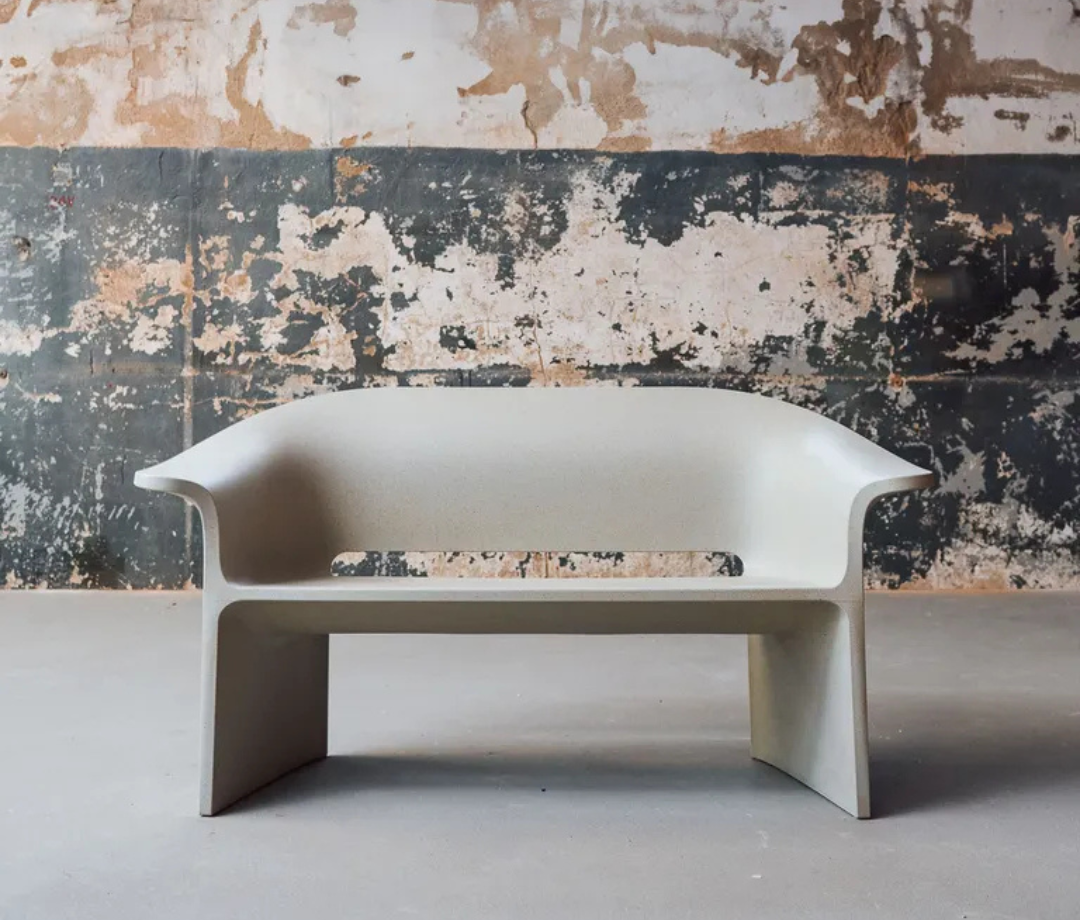 This bench was designed to live forever
This bench was designed to live foreverDesigner Tomek Rygalik launches Loope, a furniture company with radical circularity at its heart.
By Ifeoluwa Adedeji Published
-
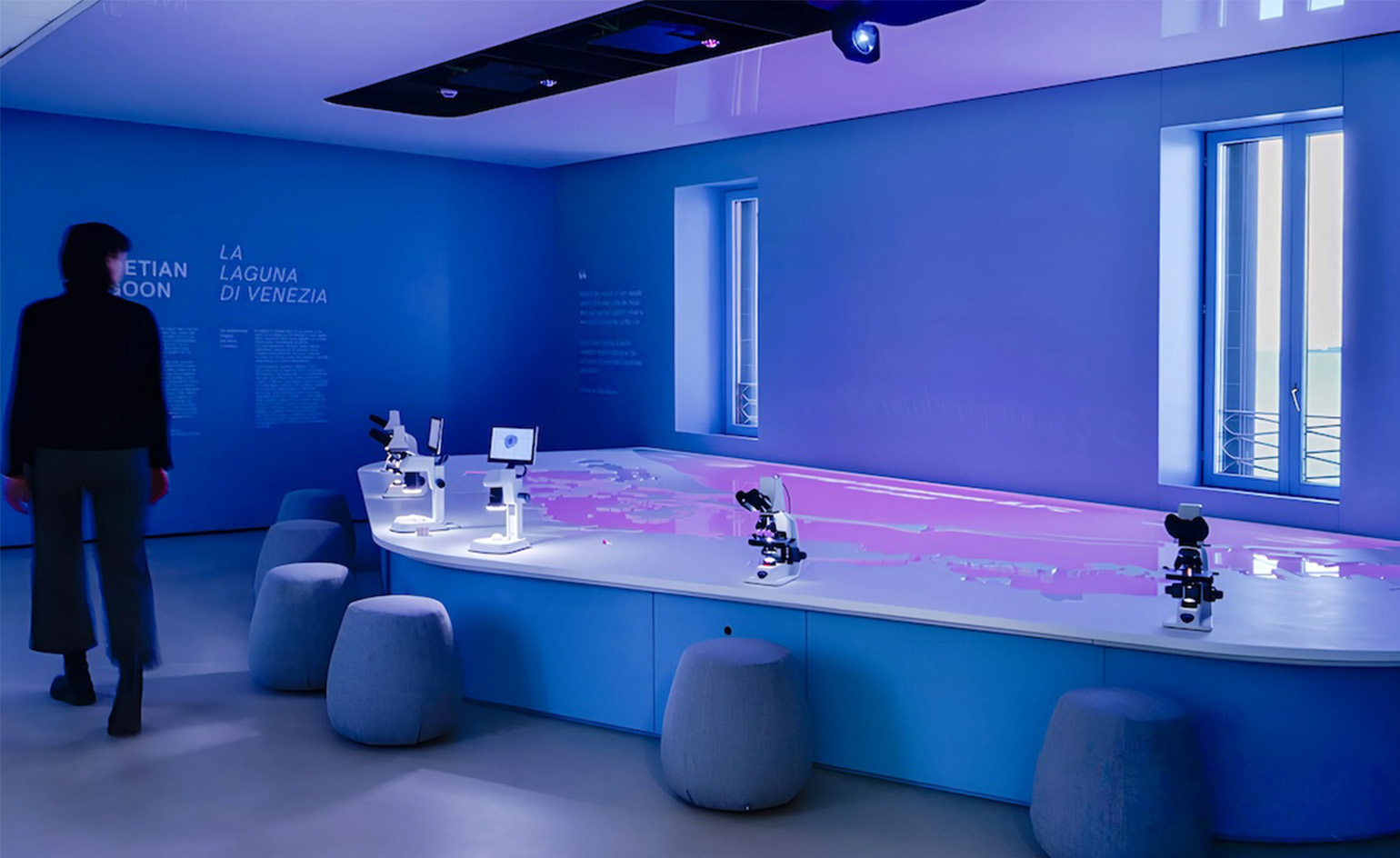 Prada opens Sea Beyond, a new centre for ocean education in the Venetian Lagoon
Prada opens Sea Beyond, a new centre for ocean education in the Venetian LagoonCreated in partnership with UNESCO-IOC and designed by Carlo Ratti, the centre marks the first educational space of its kind in Italy
By Laura May Todd Published
-
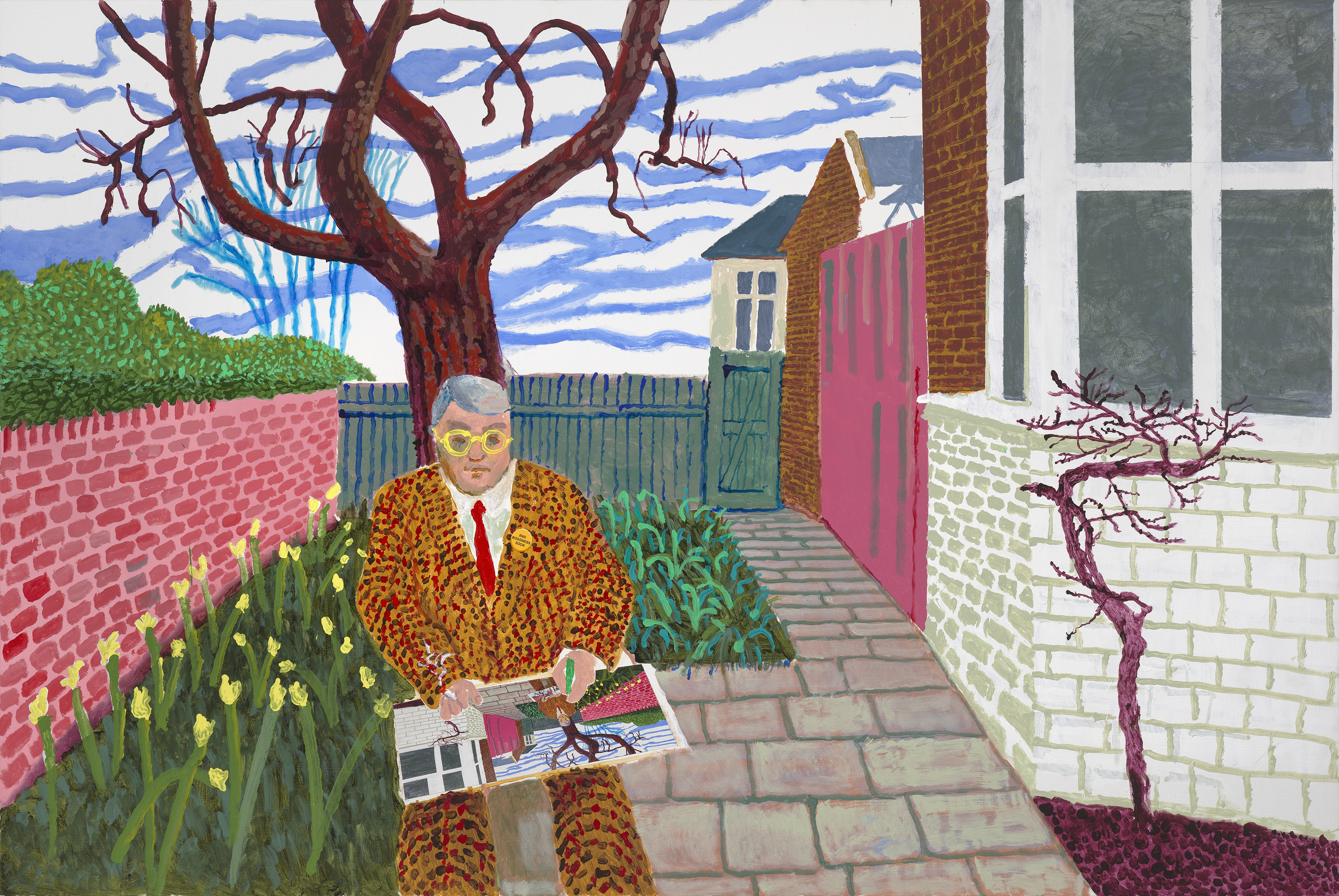 ‘David Hockney 25’: inside the artist’s blockbuster Paris show
‘David Hockney 25’: inside the artist’s blockbuster Paris show‘David Hockney 25’ opens 9 April at Fondation Louis Vuitton in Paris. Wallpaper’s Hannah Silver soaked up the resolute, colourful homage to the brilliant relentlessness of life
By Hannah Silver Published
-
 How La Scala’s chopped salad became the Oscars’ favourite dish
How La Scala’s chopped salad became the Oscars’ favourite dishLA restaurant La Scala’s chopped salad turned an off-menu dish into a culinary icon. Here’s how, plus our pick of Oscar-worthy salad ware for your own table
By Luciana Bellini Published
-
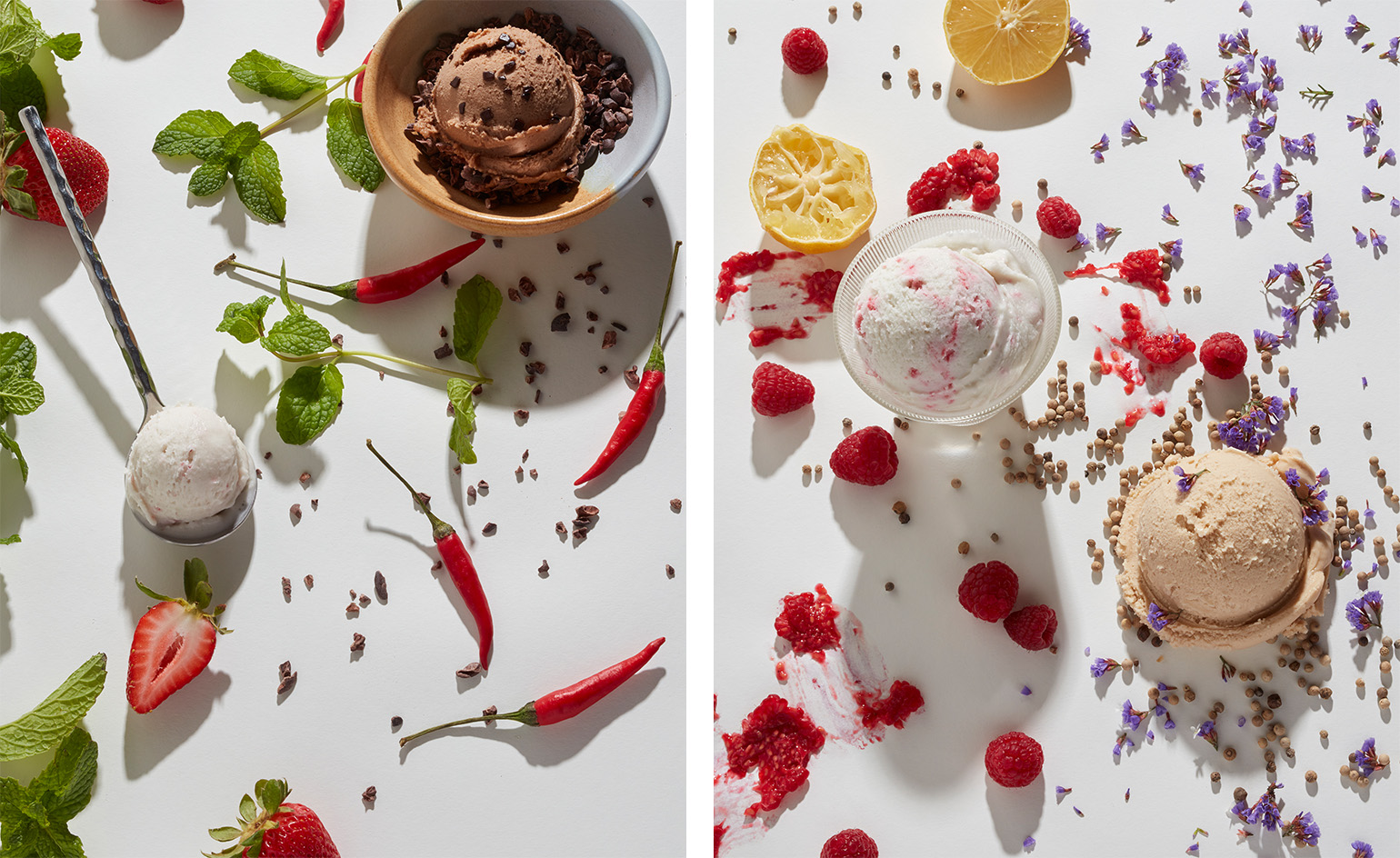 Lavender and Truffles: plant-based ice cream with Asian-inspired flavours
Lavender and Truffles: plant-based ice cream with Asian-inspired flavoursFashion industry veteran Alicia Liu launches an ice cream brand like no other, with passion and grit as the main ingredients
By Scott Mitchem Last updated
-
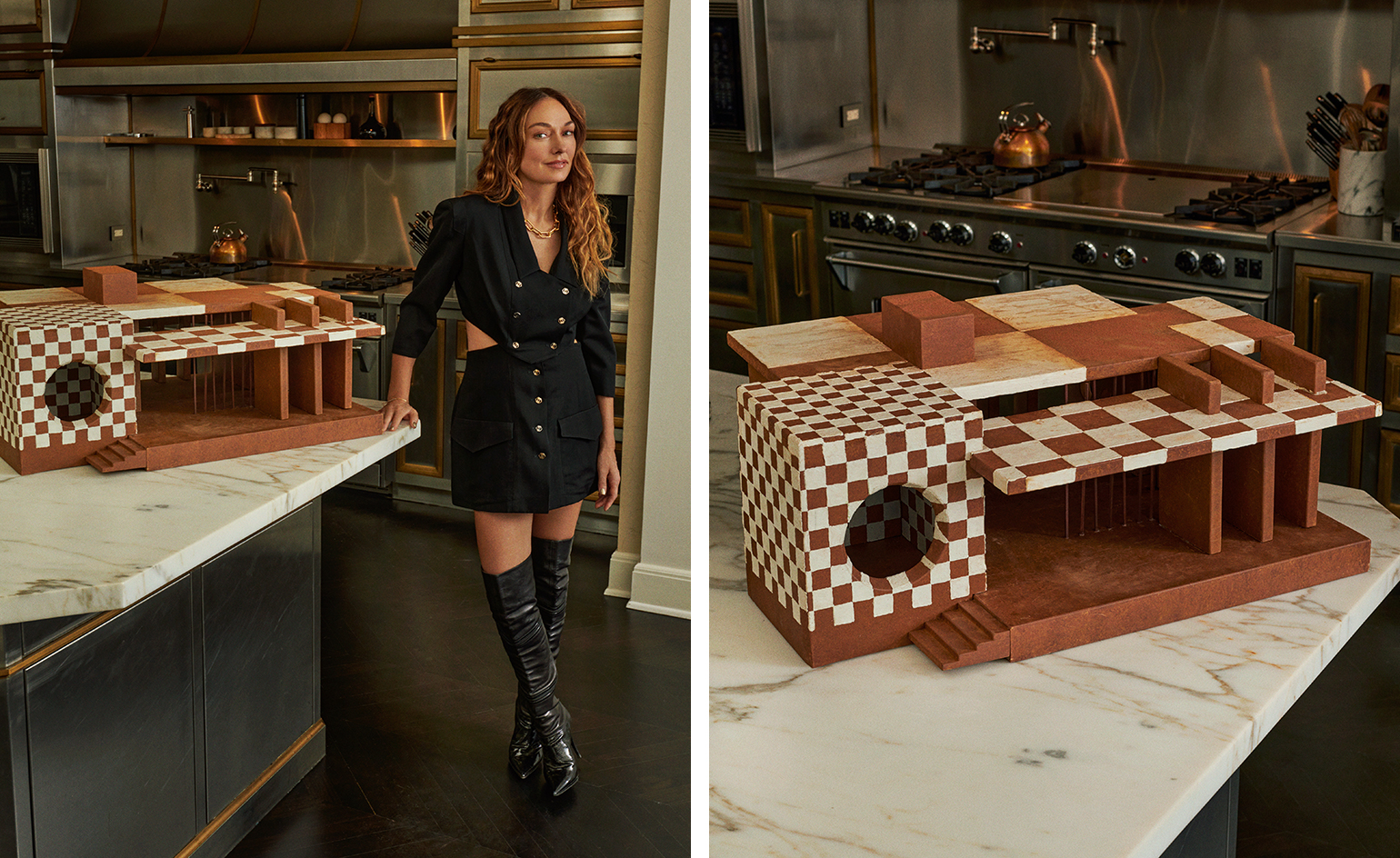 Kelly Wearstler designs California-style gingerbread house for Flamingo Estate
Kelly Wearstler designs California-style gingerbread house for Flamingo EstateIn collaboration with LA's Flamingo Estate, Kelly Wearstler designs a limited-edition gingerbread house in her signature California Modernist style
By Pei-Ru Keh Last updated
-
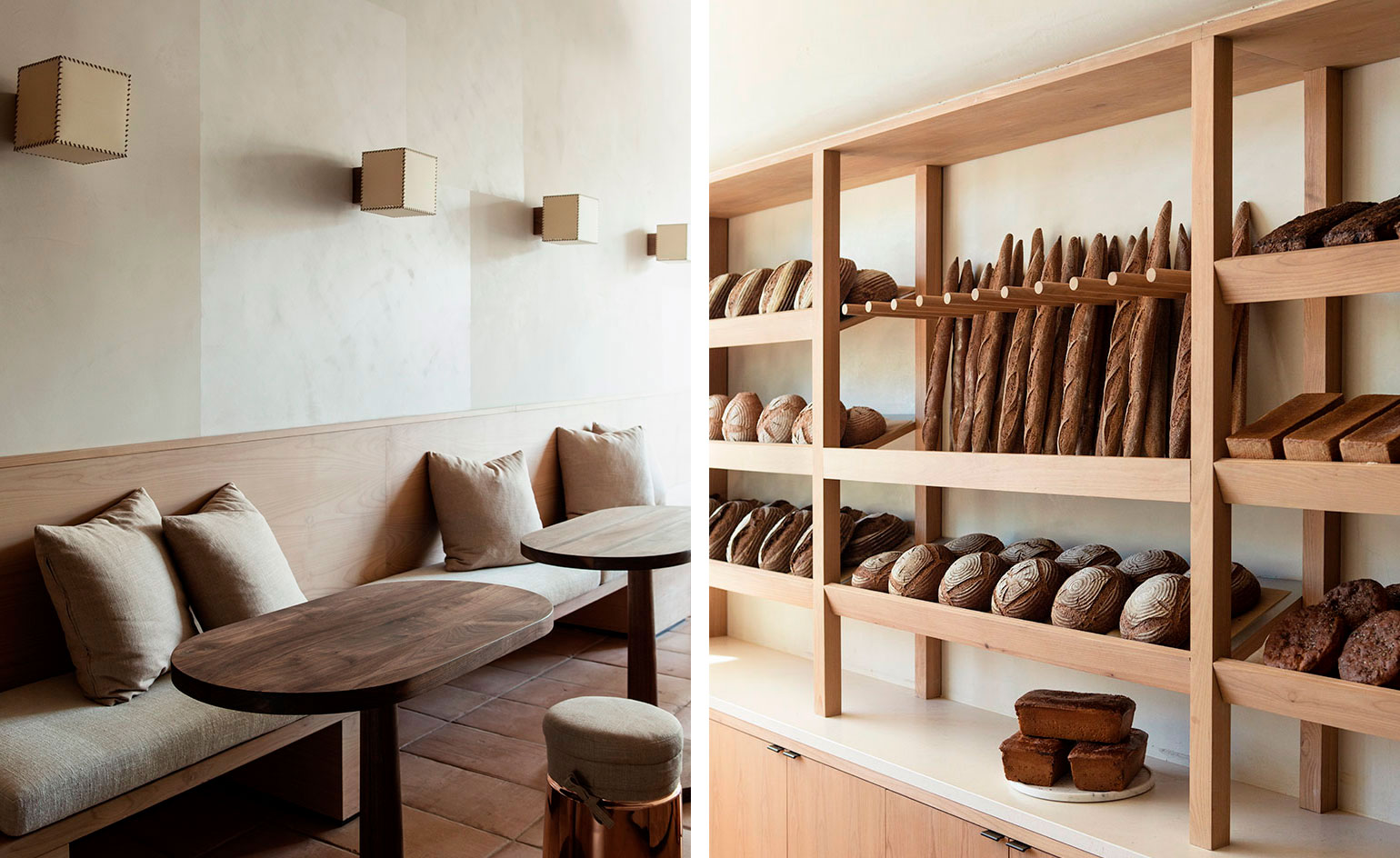 On the rise: Breadblok opens gluten-free bakery in Los Angeles
On the rise: Breadblok opens gluten-free bakery in Los AngelesInspired by traditional markets in Europe, Breadblok's first gluten-free bakery designed by Angelenos Commune Design is a rustic celebration of the company's French roots combined with its Californian location
By Pei-Ru Keh Last updated
-
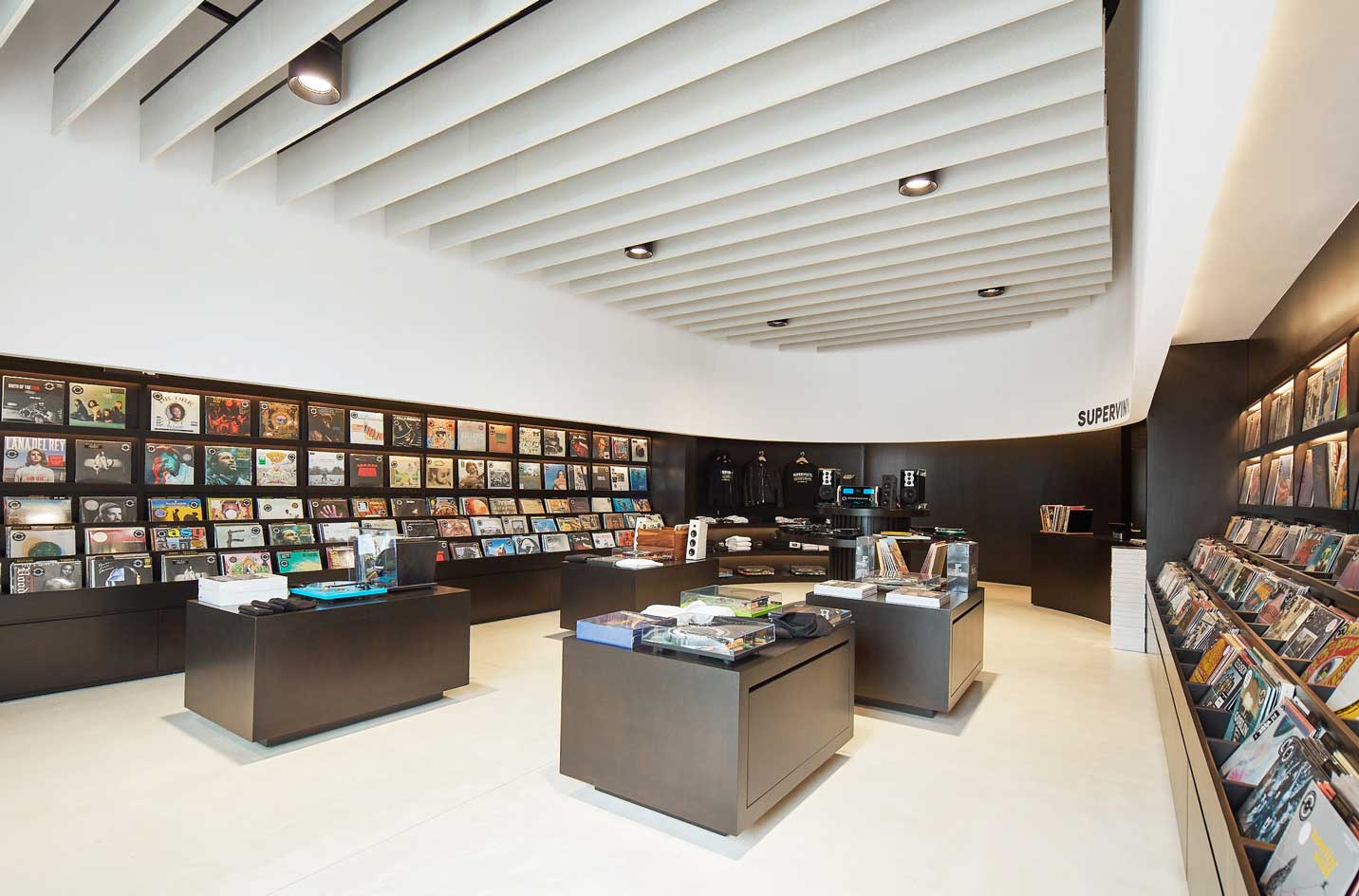 Supervinyl sets the record straight in Los Angeles
Supervinyl sets the record straight in Los AngelesAll signs might show that the digital age has taken over, but in Los Angeles, there is hope for traditionalists yet
By Pei-Ru Keh Last updated
-
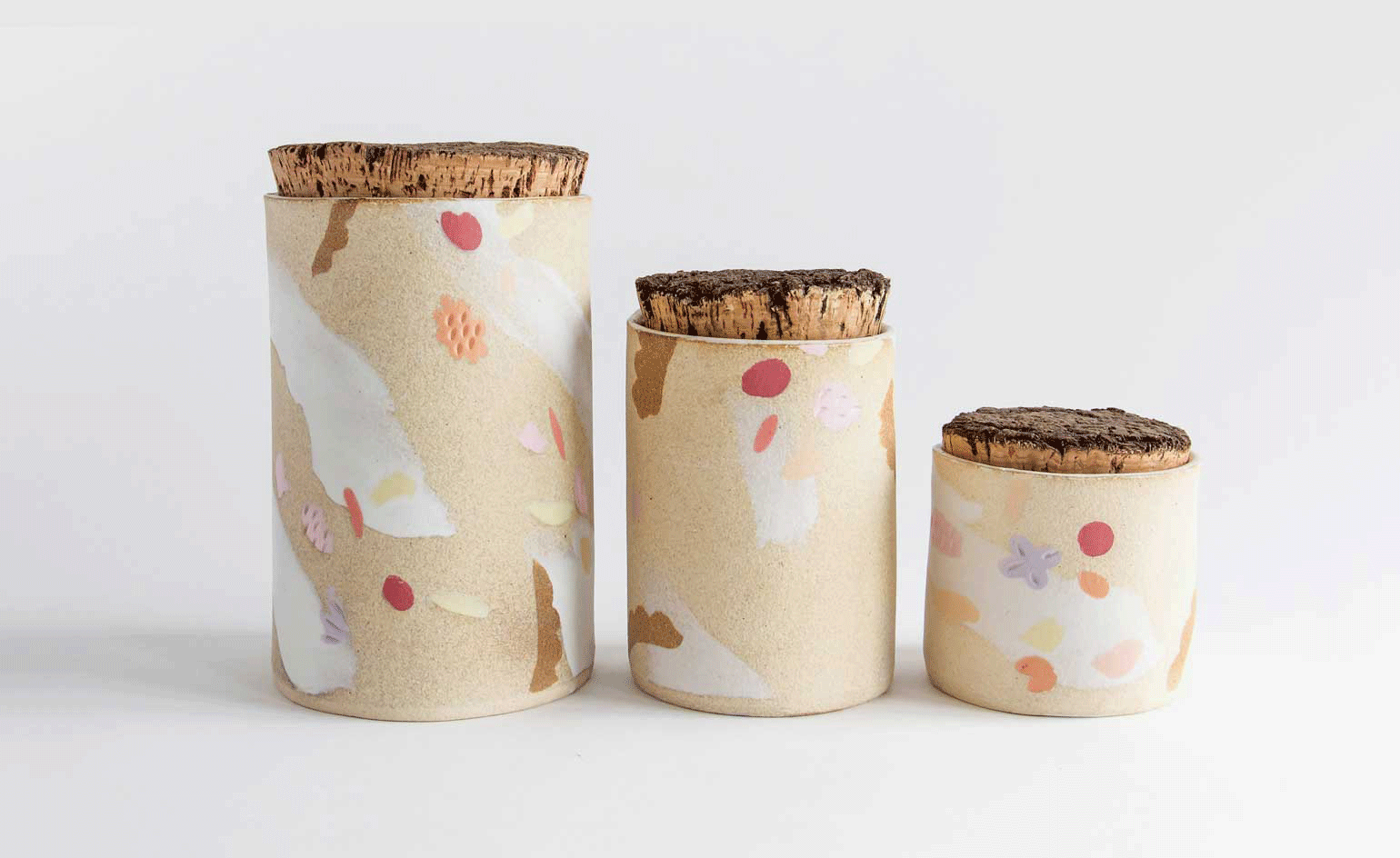 LA’s ROW DTLA is on the rise with The Manufactory bakery
LA’s ROW DTLA is on the rise with The Manufactory bakeryBy Carole Dixon Last updated
-
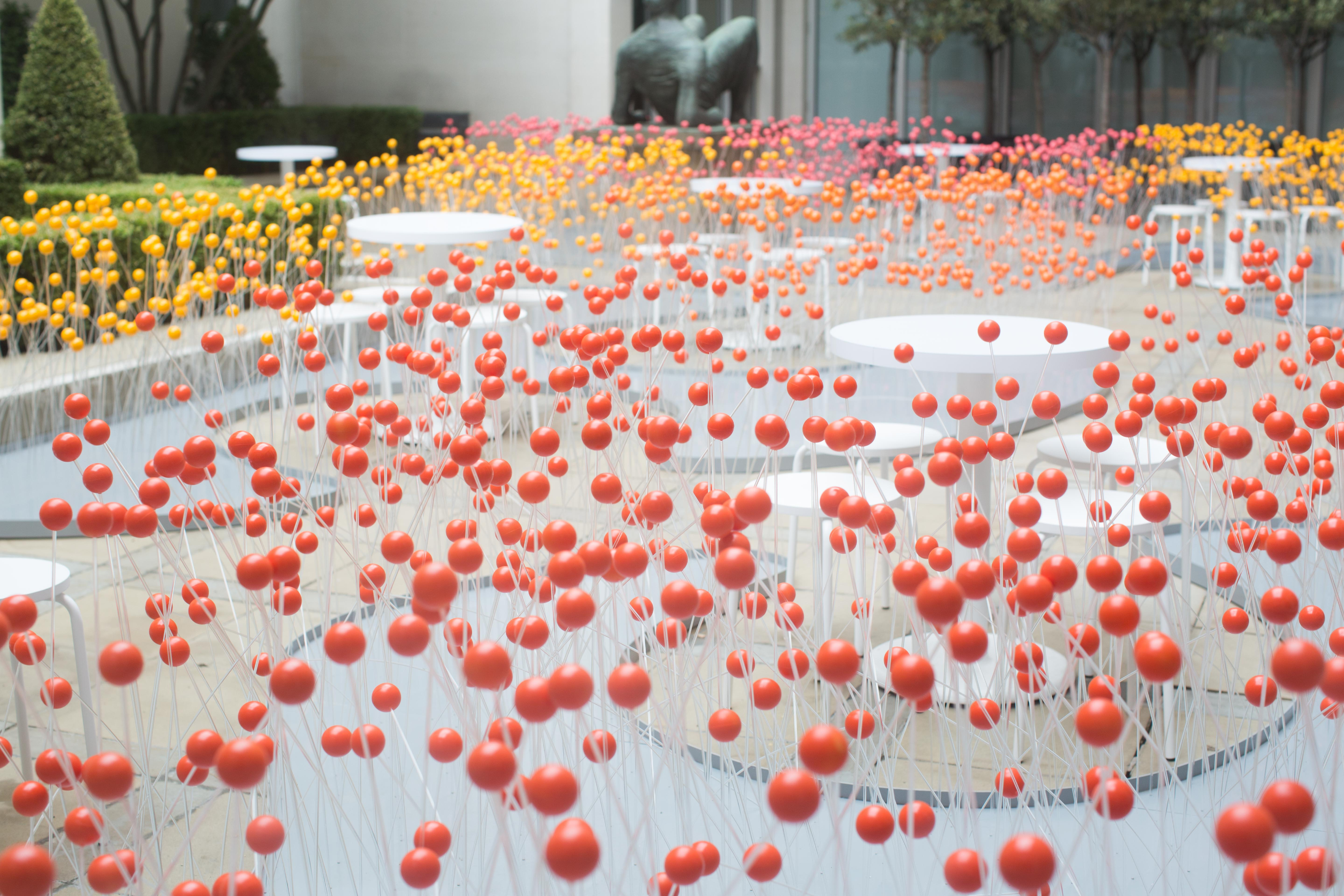 Hermès launches pop-up café at London flagship
Hermès launches pop-up café at London flagshipBy Bethan Ryder Last updated
-
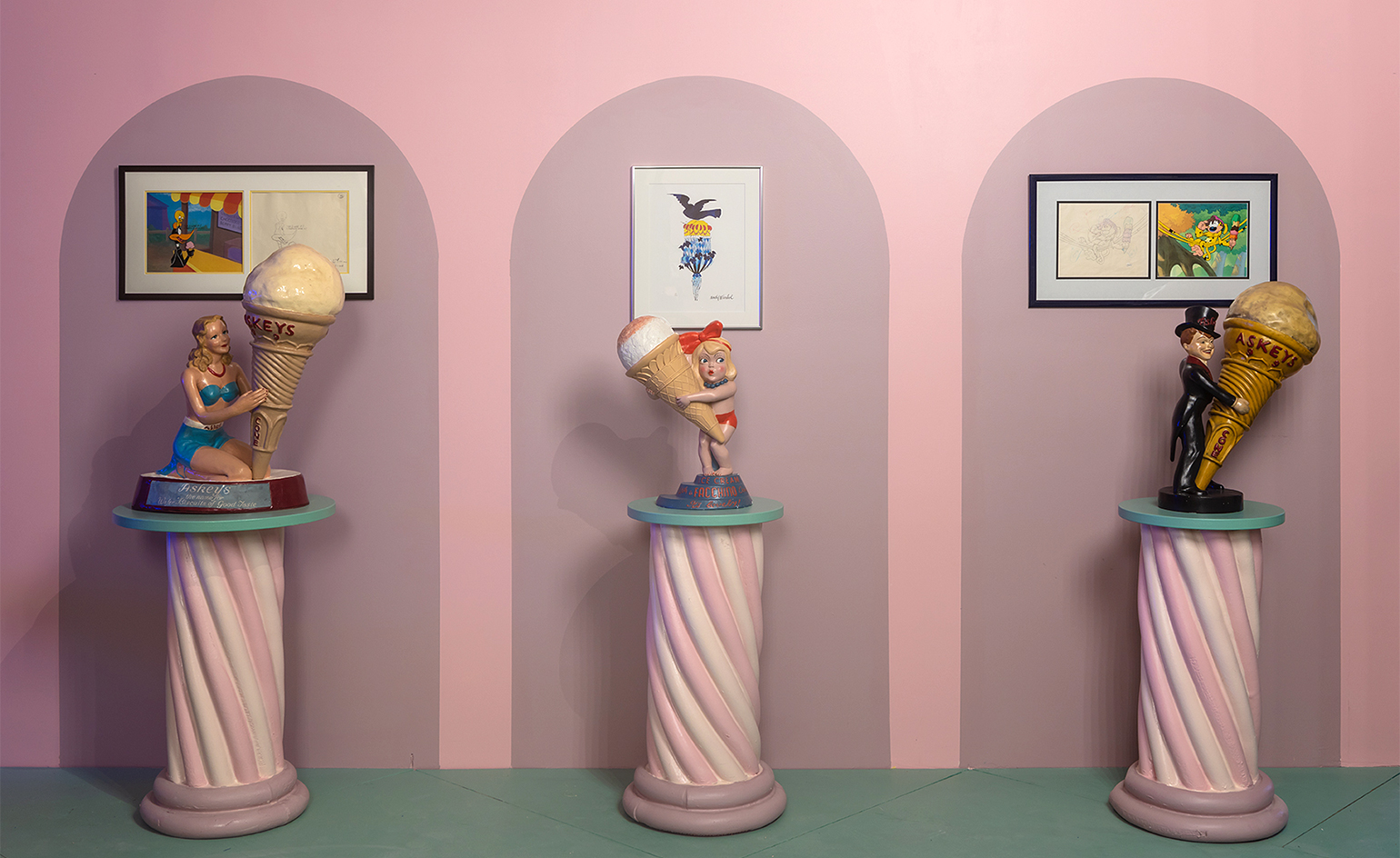 London’s first immersive ice cream experience opens this summer
London’s first immersive ice cream experience opens this summerBy Sujata Burman Last updated